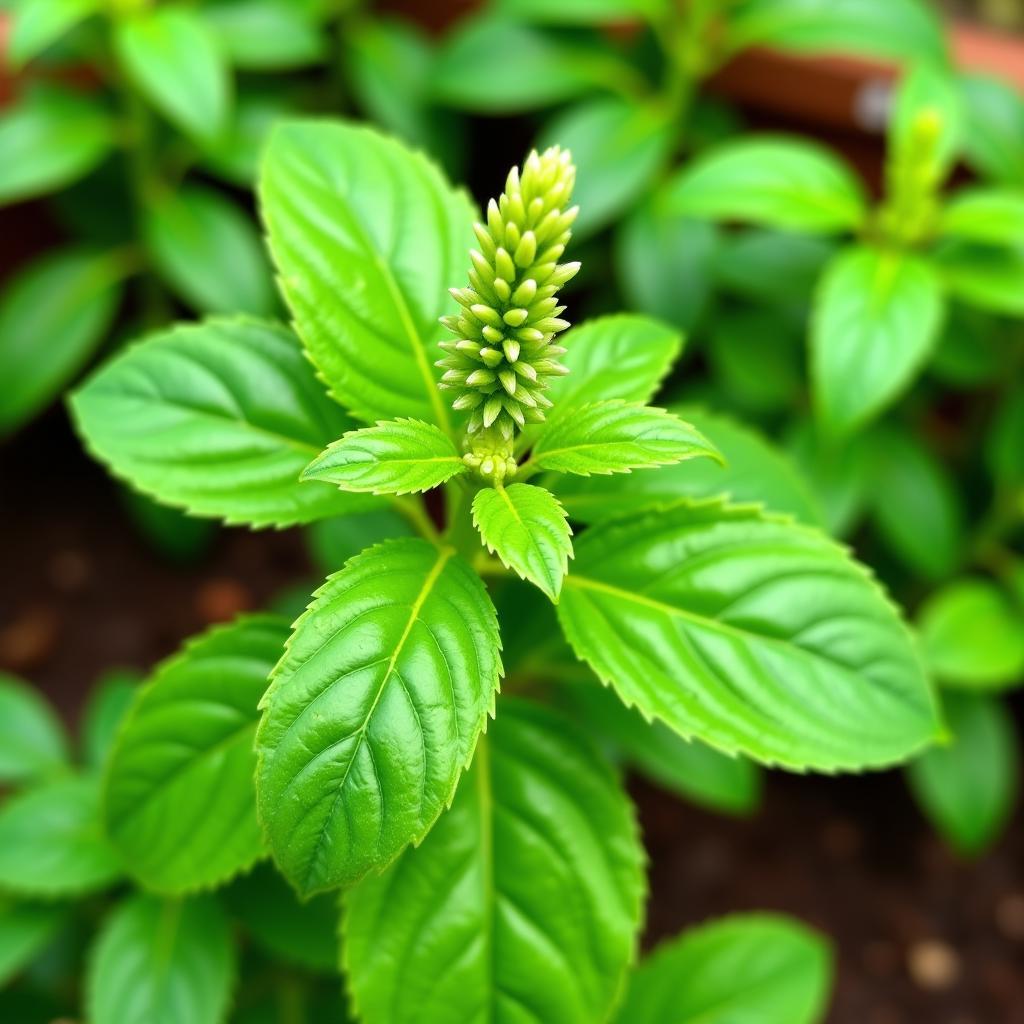Unveiling the Wonders of African Cocoyam
African Cocoyam, a staple food crop across the continent, offers a unique blend of nutritional value and culinary versatility. From its starchy roots to its nutritious leaves, this versatile plant plays a significant role in African cuisine and culture. Let’s delve deeper into the world of African cocoyam, exploring its various forms, culinary applications, and cultural significance.
Exploring the Varieties of African Cocoyam
African cocoyam, also known as taro, encompasses a range of species, each with distinct characteristics. The two most common varieties are Xanthosoma and Colocasia. Xanthosoma, often called tannia, features large, arrow-shaped leaves and rough, hairy stems. Colocasia, recognized by its heart-shaped leaves and smooth stems, is commonly referred to as “true cocoyam.” Understanding these variations helps appreciate the nuances of African cocoyam’s role in diverse culinary traditions.
Understanding Cocoyam’s Nutritional Profile
African cocoyam is a nutritional powerhouse, rich in carbohydrates, dietary fiber, vitamins, and minerals. It’s a good source of vitamin C, vitamin E, potassium, and magnesium. Its high fiber content aids digestion and promotes gut health. Furthermore, cocoyam contains essential amino acids, crucial for building and repairing tissues. This nutritional richness makes it a valuable contributor to a balanced diet across various African communities. Is African cocoyam healthy? Absolutely! It offers a wealth of essential nutrients.
Culinary Delights: African Cocoyam in the Kitchen
African cocoyam lends itself to a plethora of culinary creations, from savory stews to delectable desserts. It can be boiled, fried, roasted, or mashed, offering a diverse range of textures and flavors. In West Africa, cocoyam is a key ingredient in “fufu,” a dough-like dish often served with soups and stews. In East Africa, it’s incorporated into stews and curries, providing a hearty base.
From Root to Leaf: Utilizing the Entire Plant
Not just the root, even the leaves of African cocoyam are edible and packed with nutrients. They are often used in soups and stews, similar to spinach or other leafy greens. This resourcefulness highlights the importance of cocoyam in maximizing food utilization and minimizing waste in many African cultures. Think African bitter leaf soup, but with a different, equally satisfying flavor profile. Need some inspiration? Check out African bitter leaf soup.
Cultural Significance of African Cocoyam
Beyond its nutritional and culinary value, African cocoyam holds deep cultural significance in many communities. It’s often used in traditional ceremonies and rituals, symbolizing prosperity and abundance. In some cultures, it’s presented as a gift to newlyweds, representing wishes for a fruitful and prosperous future. This cultural significance adds another layer to the story of African cocoyam, emphasizing its role beyond the kitchen. Where can I find African fufu near me? Explore the options available to experience this culinary delight.
Cocoyam in Traditional Medicine
African cocoyam also plays a role in traditional medicine. Its leaves are believed to have healing properties and are used to treat various ailments. While scientific research is ongoing, the traditional use of cocoyam for medicinal purposes showcases its multifaceted importance in African cultures.
Conclusion: Appreciating the Versatility of African Cocoyam
African cocoyam is more than just a food crop; it’s a cultural symbol, a nutritional powerhouse, and a culinary delight. From its starchy roots to its nutritious leaves, this versatile plant plays a vital role in the lives of millions across Africa. Understanding its diverse uses and cultural significance allows us to appreciate the rich tapestry of African Life.
FAQ
- What are the different types of African cocoyam?
- How is African cocoyam prepared?
- What are the health benefits of eating African cocoyam?
- What is the cultural significance of African cocoyam?
- Where can I buy African cocoyam?
- Can I grow African cocoyam in my garden?
- What are some popular African cocoyam recipes?
Common Cocoyam Questions:
- How to cook cocoyam leaves? Thoroughly wash and chop the leaves. Boil or steam until tender, then incorporate into your favorite soup or stew.
- Is cocoyam good for weight loss? Its high fiber content can promote satiety, potentially aiding weight management.
- How to store cocoyam? Store unpeeled cocoyam in a cool, dry, and well-ventilated area. Once peeled, it should be refrigerated.
Related Articles
- Explore the rich flavors of African bitter leaf soup full hd images.
- Discover where to find African fufu near me.
- Learn more about the versatile African bitter leaf soup.
Contact Us
For any inquiries or assistance, please feel free to contact us:
- Phone: +255768904061
- Email: kaka.mag@gmail.com
- Address: Mbarali DC Mawindi, Kangaga, Tanzania
Our customer service team is available 24/7.

